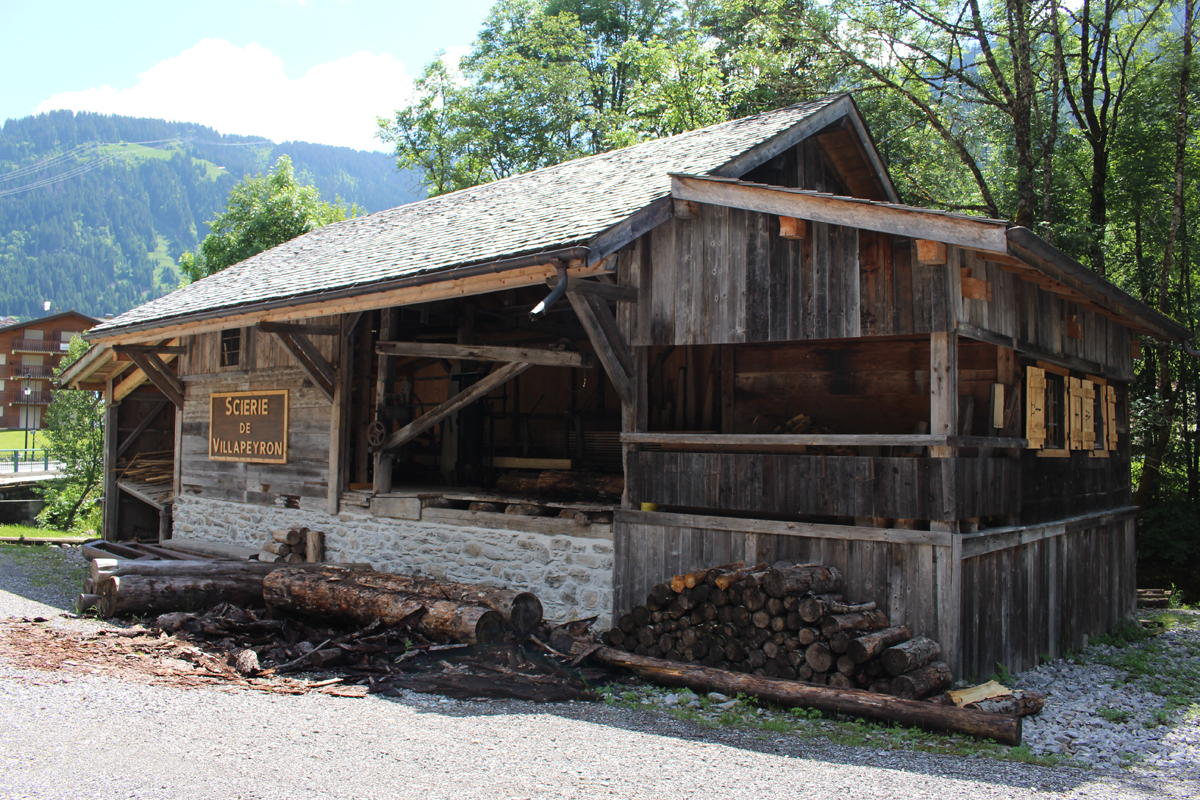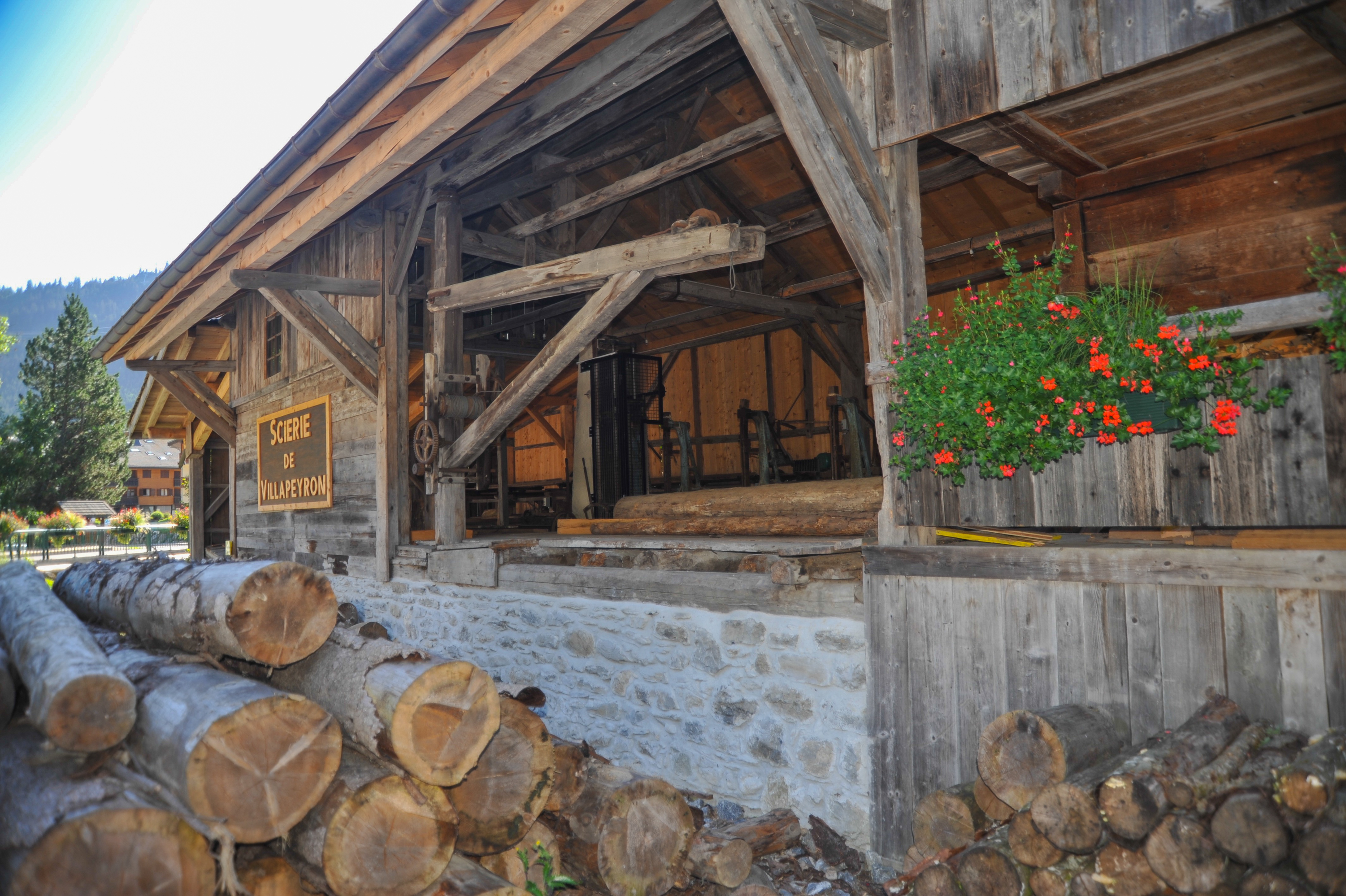All year round, daily.
It mainly produced spruce planks for joinery and construction, in volumes of up to 2m3 per day.
It rarely cut fir, which was harder and less workable for joinery.
According to Maurice Crépy, the last farmer, there were as many as seven sawmills in the village, revealing the importance of woodworking in the mountains.
The forest was both a constraint, capable of invading the pastures, and a resource, for building, heating and crafts.
Recently restored and brought back into use by the municipal services, the sawmill can be admired from the Bords de Dranse footpath. The walk allows you to see the different parts of the building and its mechanisms, as well as the surrounding forest landscape and the Villapeyron oratory built in the 19th century to protect the crossroads.









